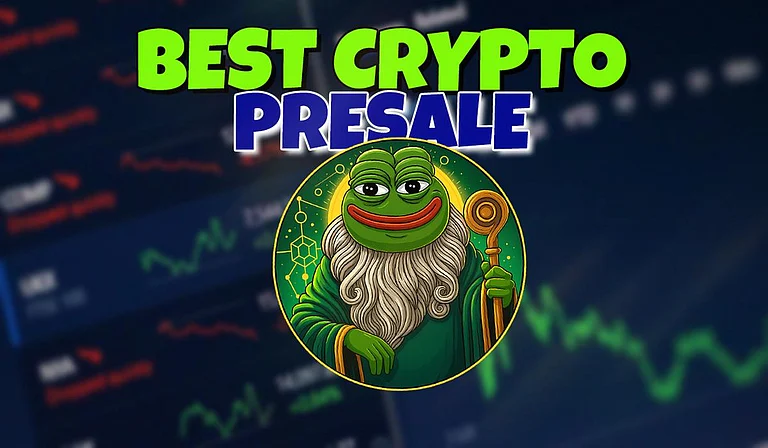Cryptocurrency is now no longer an overused buzzword being thrown around in the rings of technology or startup circles. It's finally finding its space in everyday conversations in India — not just limited to metros, but also in Tier 2 cities like Jaipur, Indore, Surat, Kochi, and Bhubaneswar. While the metro cities have been at the forefront of this digital money trend, it is the Tier 2 cities that are now stealthily creating the future of crypto in India. But what do people living in these cities really think about cryptocurrency? What are their hopes, fears, and motivations for getting interested in this digital currency phenomenon?
The reality is, the story in the smaller cities is very different. It's not about returns on investment or popular technology. It's about opportunities, empowerment, and access.
Learning Crypto Curiosity Outside the Metros
Aspirations and awareness are driving interest in cryptocurrency in India's Tier 2 cities. Students, freelancers, and small business owners are especially interested in the opportunities digital assets have to offer. They might be learning about it yet, but they are genuinely curious.
This organic increase in interest is driven by the demand for more sources of income, financial access, and the urge to try out new-age technologies. The digital divide that existed earlier between metros and tier-2 cities is fading slowly with increasing usage of the internet and mobile phones.
Motivations: Why Crypto Appeals to Tier 2 Cities
For others, cryptocurrency is more than an investment in a virtual asset. It is a symbol of hope. Millennials want to learn about new financial systems never discussed in school or college. Small business owners view crypto as a future vehicle to connect with worldwide consumers. Technologically astute youth are drawn to the promise of decentralization, transparency, and innovation.
There is also a feeling that crypto assets could level things out. Traditional investment options always look complicated, biased, or reserved for people with the "right" connections. Crypto, on the other hand, looks open and borderless — any smartphone with an internet connection can participate.
Suspicions, Fears, and the Information Divide
The adoption process is never a smooth one. The biggest hindrance is always the lack of authentic information. Most from smaller towns are confused about where to start, what to trust, and how to avoid forgery. They resort to YouTube videos, WhatsApp forwards, or word of mouth from local friends — and that could be misleading.
There is also a general fear that crypto is illegitimate and not secure. Some of them ask themselves whether it is legal, whether they will lose money, or what will happen if something malfunctions. These are valid concerns, especially if there is no clear and certain advice in the field. Some are not taking the step because they don't know anybody who has ever employed crypto and been successful.
One is language. Much quality crypto content is in English, which is a constraint for those who are more comfortable with Hindi or local languages. This limits access to quality education on technology and related risks.
The Role of Trust and Familiarity
Tier 2 city inhabitants favor word-of-mouth over online influencer or advertisement. They are impacted a lot by local networks, peer groups, and regional icons. If they hear something positive about crypto from someone they trust and believe in, they will take a second glance. However, a single negative experience or rumor is enough to discourage a whole group of people from experimenting with their first crypto.
This means that in order for crypto adoption to grow in these markets, education and awareness must be local, simple, and community-based. People are open to change — but only if they are safe and educated.
The Road Ahead: What Will Make a Difference?
The scale of the opportunity is large. The Tier 2 cities of India are full of energy and ambition, and endowed with talent. What they need is organized, readily available information and better regulatory clarity. If they are incentivized by reality-based knowledge, not hype, then interest in crypto can translate into long-term engagement.
Language-sensitive learning platforms, balanced awareness campaigns, and access to vetted information can fill the gap. But above all, showing actual use cases — not as success stories or marketing hype but as normal solutions — will enable people to connect with the potential that crypto can deliver.
Above all, individuals desire to be masters of their financial path. They do not desire to be sold a pipe dream. They want to grasp it, try it, and thereafter decide. That is where the discussion on crypto in India's Tier 2 cities lies today.

























